Hellebore varieties – 10 stunning types for eye-catching winter color
No matter what type of hellebore you choose for your garden, you're guaranteed a welcome burst of color in winter and spring


Any plant that braves the chill of winter is prized by gardeners, but for sheer flower power and striking beauty, the many hellebore varieties on offer are a garden must-have. These elegant perennials, including understated species and flamboyant hybrids, flower for months on end as the garden emerges from the depths of winter into the first warming rays of spring.
Most hellebore species are native to Europe. They typically grow on the edge of woodland in dappled shade, thriving in rich, moist soil that’s well-drained, so in a garden they’re ideally suited to a position under deciduous trees and shrubs. Hellebores also hybridise easily which has resulted in a mind-boggling array of plants with different flower forms, colors and patterns. There are single flowers with open centers, semi-doubles with a ring of small petals in the center of each flower and doubles with ruffled layers of multiple sepals – the colored parts of hellebore blooms are known botanically as sepals and not petals.
If you're considering growing hellebores, there are plenty of colorful options to choose from. Some are purely one color while others are speckled, blotched, or have distinctive veining, and those known as picotees have sepals edged in another color. They range from jade green and yellow through a range of pinks and purples to almost black. The bottle green foliage is attractive too, with some hybrids having distinctive marbled leaves.
- Shop hellebore plants at Amazon
- Shop hellebore plants at Monrovia
- Shop hellebore plants at Nature Hills
Introduce color and scent with these hellebore varieties
Most types of hellebore have a downwards droop, which is believed to be an evolutionary trait so that rain or snow doesn’t collect in the cener of the flower causing it to rot; it also protects the pollen and provides shelter to insects feeding.
However, many modern cultivars have been bred to have more open, outward-facing flowers so that their beauty can be appreciated more easily in your flower bed.
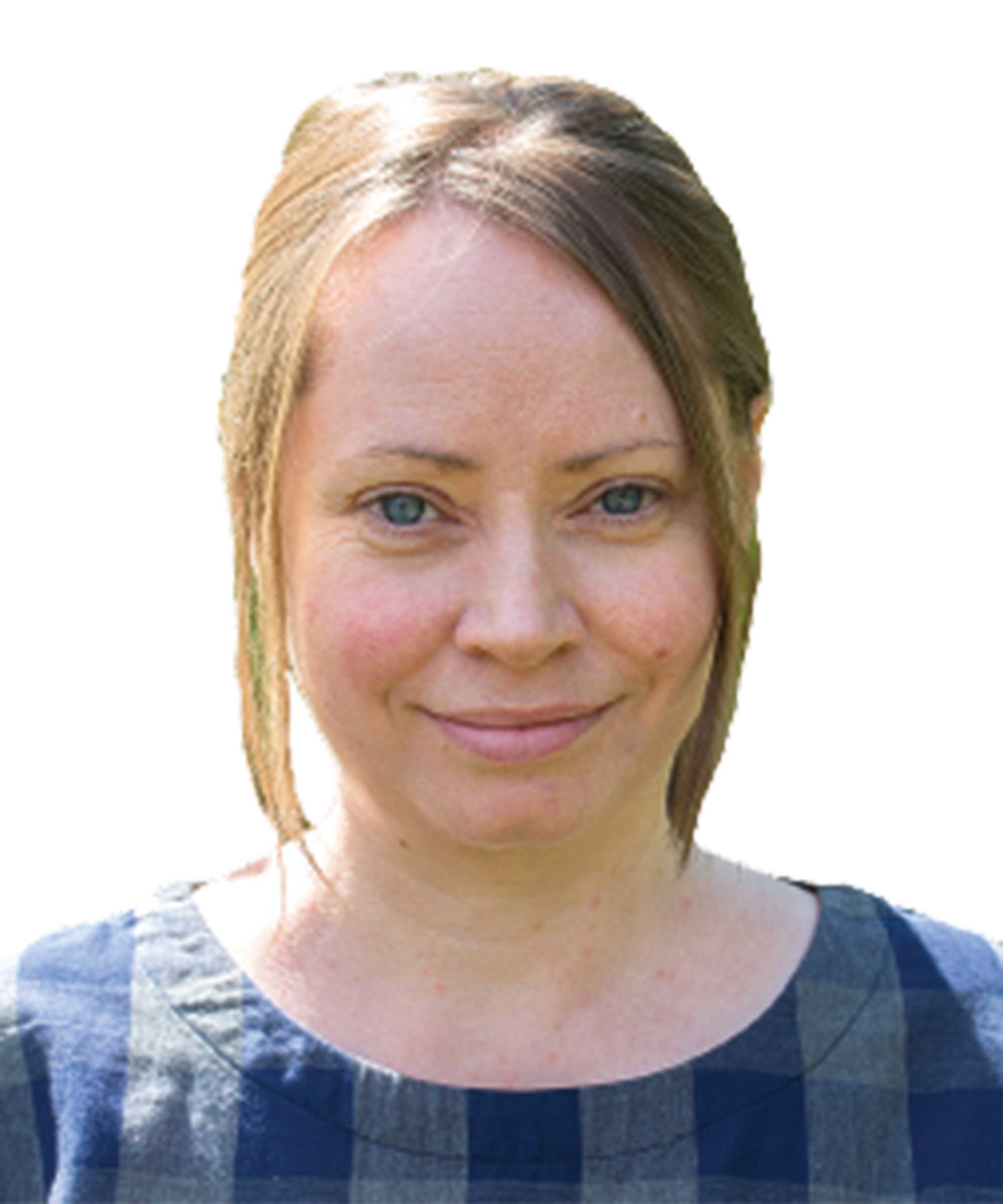
When she's not spending time tending to her own plants, you'll typically find Louise writing about them. As well as writing for national newspapers and magazines in the UK, she has also written two books, including The Cut Flower Patch, available on Amazon. She's a fan of hellebores and has put together a list of some of her favorite varieties to include in your own garden.
1. Helleborus x sahinii ‘Winter Bells’
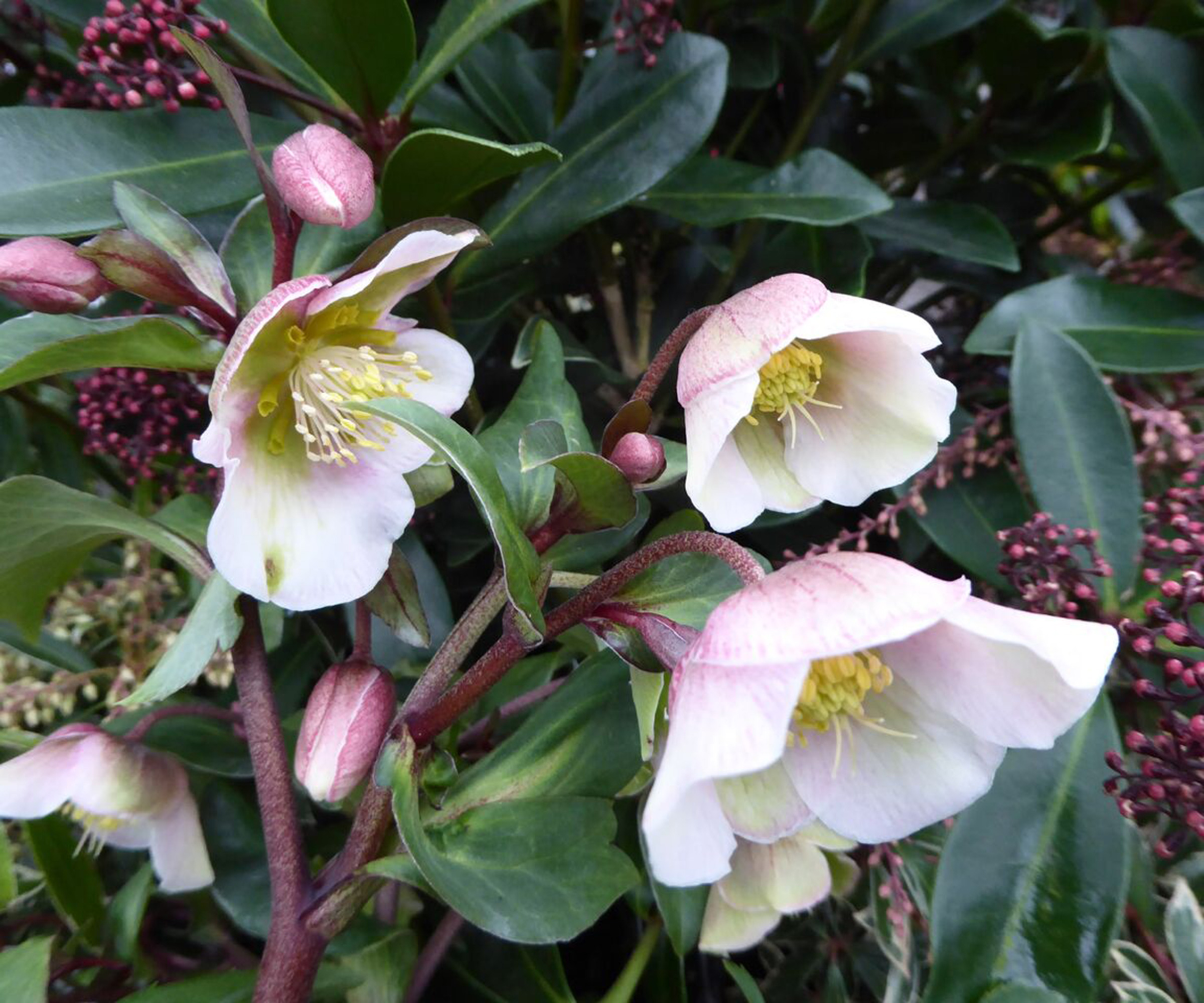
- Best for: Flower power
- Height: 20in
- Spread: 1ft
- Hardiness: USDA 5-9
A stunning hybrid of H. niger and H. foetidus that is notable for its incredibly long flowering period, making it a hard-working addition to a winter garden. It can often be in bloom in early winter and continue to flower until mid spring.
Slender pinky-purple stems are topped with nodding, single flowers that are whitish-green with a flush of pink.
Design expertise in your inbox – from inspiring decorating ideas and beautiful celebrity homes to practical gardening advice and shopping round-ups.
2. Helleborus x hybridus (Harvington) ‘Single Black’

- Best for: Monochrome winter gardens
- Height: 18in
- Spread: 18in
- Hardiness: USDA 4-9
An eye-catching hybrid that has sultry deep purple, almost black flowers with a velvety-like sheen and purple-flushed, deep green leaves. The flowers have an outward-facing habit rather than drooping so it’s easier to appreciate them.
When planning a winter garden, bear in mind that dark colors can ‘disappear’ into bare winter soil, so plant with a backdrop of evergreen ground cover plants, white-flowered daffodils, and not forgetting some of the best snowdrops too.
3. Helleborus x ericsmithii ‘Pirouette’
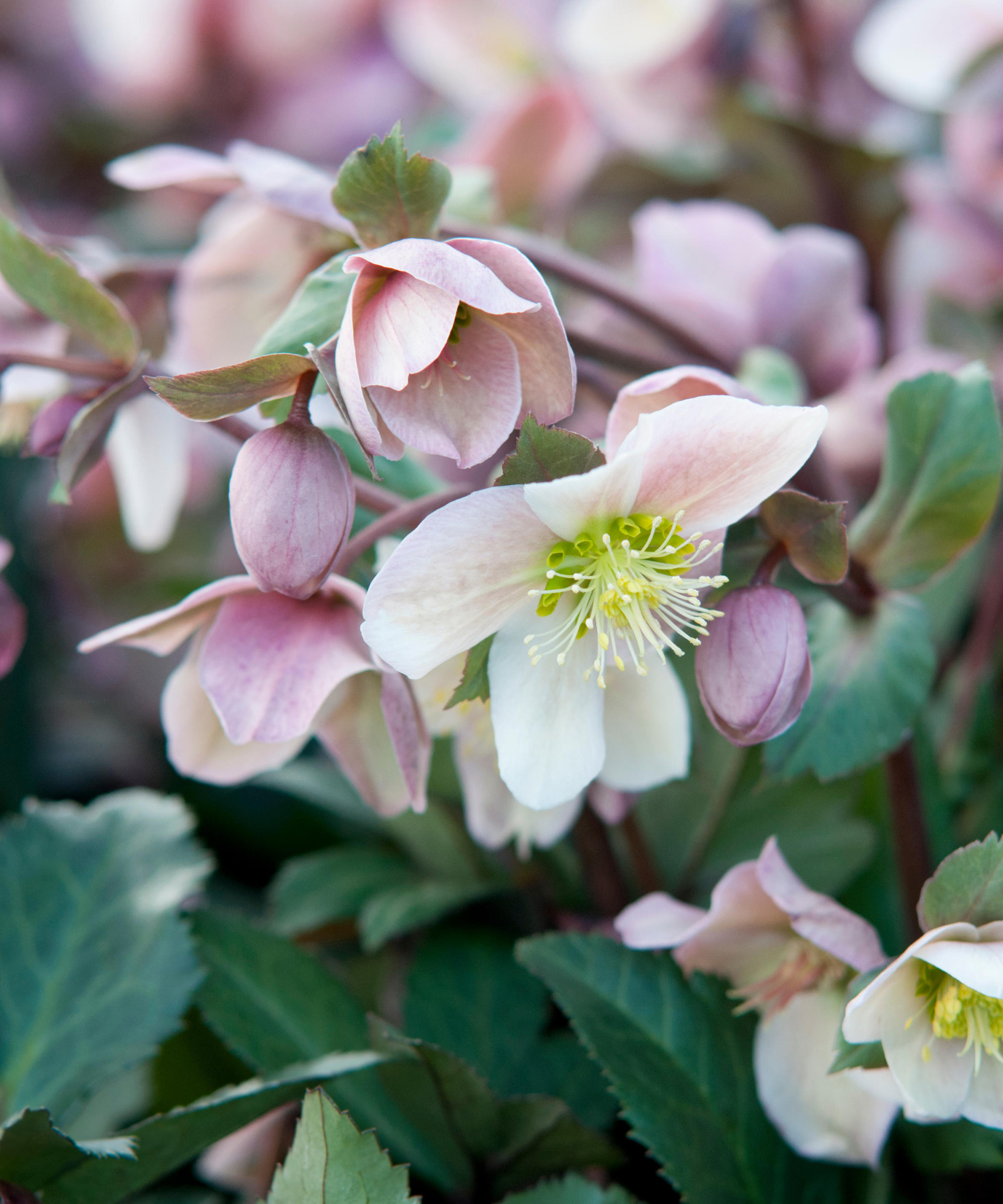
- Best for: Non-seeding
- Height: 18in
- Spread: 18in
- Hardiness: USDA 4-9
This vigorous, healthy hellebore is a prolific bloomer producing masses of rose pink-colored buds that open to reveal white, single flowers.
As these mature the sepals take on dusky pink shades. If it’s mild it can flower in early winter and will continue into early spring. The flowers are sterile so it won’t self-seed everywhere.
4. Helleborus x hybridus (Harvington) ‘Double Purple’
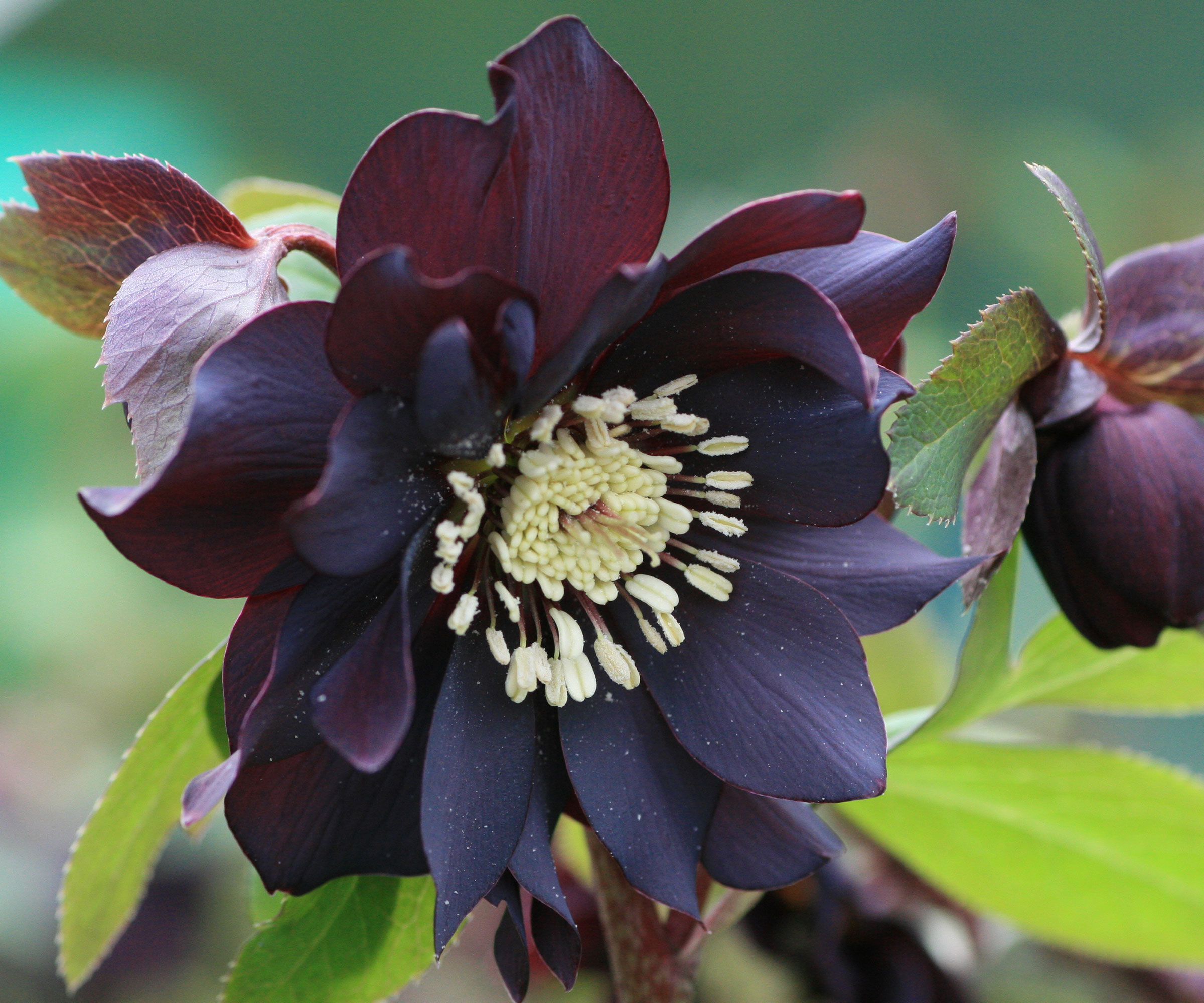
- Best for: Flamboyance
- Height: 18in
- Spread: 18in
- Hardiness: USDA 4-9
This sumptuous double hellebore has slightly frilly-edged, jewel-like, amethyst purple sepals which surround cream-colored clusters of stamens.
To make the most of these dark-colored blooms, plant alongside the white bark of Himalayan birch with winter flowers such as snowdrops, white-flowered cyclamen and a carpet of colorful pink heathers.
5. Helleborus x hybridus (Harvington) ‘Single White Speckled’
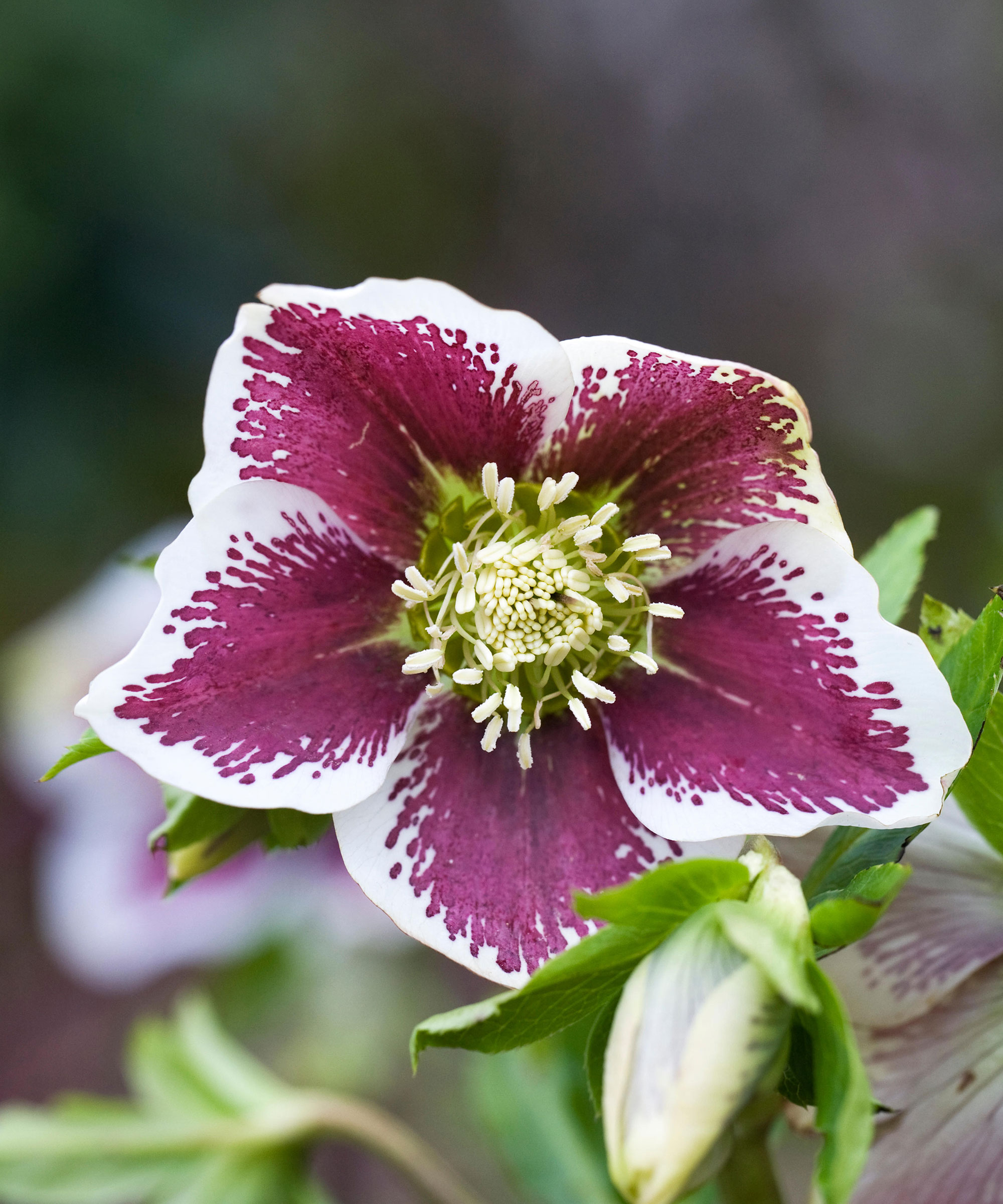
- Best for: Patterned flowers
- Height: 18in
- Spread: 18in
- Hardiness: USDA 4-9
There are hellebore hybrids with a fabulous range of markings and this one is especially arresting with its pure white flowers that have deep maroon markings, a mixture of blotches and speckles. The flowers are open and flat so that the delicate markings can be seen more easily.
6. Helleborus (Rodney Davey Marbled Group) ‘Anna’s Red’

- Best for: Attractive foliage
- Height: 2ft
- Spread: 2ft
- Hardiness: USDA 4-9
Named after the plantswoman and author Anna Pavord, this show-stopping plant has flowers in an opulent shade of reddish purple, with the sepals encircling creamy-yellow stamens.
For added drama the stems are flushed purple and sit above attractive delicately marbled leaves which are flushed pink in spring.
7. Helleborus x hybridus (Ashwood Garden Hybrids) ‘Double Green’

- Best for: Unusual blooms
- Height: 18in
- Spread: 18in
- Hardiness: USDA 4-9
Hybrid hellebores are also known as the Lenten rose as their flowering period coincides with the period of Lent.
These pale green, double flowers add a fresh zing to a garden in late winter and spring. Plant it with purple hellebores for a striking contrast and mix with other spring greens such as euphorbia, Primula ‘Franscisca’ and Ribes laurifolium.
8. H. niger

- Best for: Winter containers
- Height: 15in
- Spread: 18in
- Hardiness: USDA 3-8
The Christmas rose, so called because it’s one of the earliest flowering hellebores, has bottle green leaves and bowl-shaped, pure white blooms that are sometimes tinged with pale pink in bud or on the reverse of the sepals. It's one of the top winter plants for pots, so keep this in mind when planning your seasonal container gardening.
Like all hellebores, it dislikes being moved so rather than dividing every few years, allow it to form a good-sized clump.
9. H. liguricus

- Best for: Scent
- Height: 1ft
- Spread: 1ft
- Hardiness: USDA 5-8
This deciduous species can be found growing in the wild in coastal areas of Northern Italy. Perfect for a white garden theme due to its large white flowers that have a hint of very pale green, it also has a strong sweet fragrance with citrus notes.
The flowers are held on stems well above the foliage giving it an elegant air.
10. Helleborus argutifolius
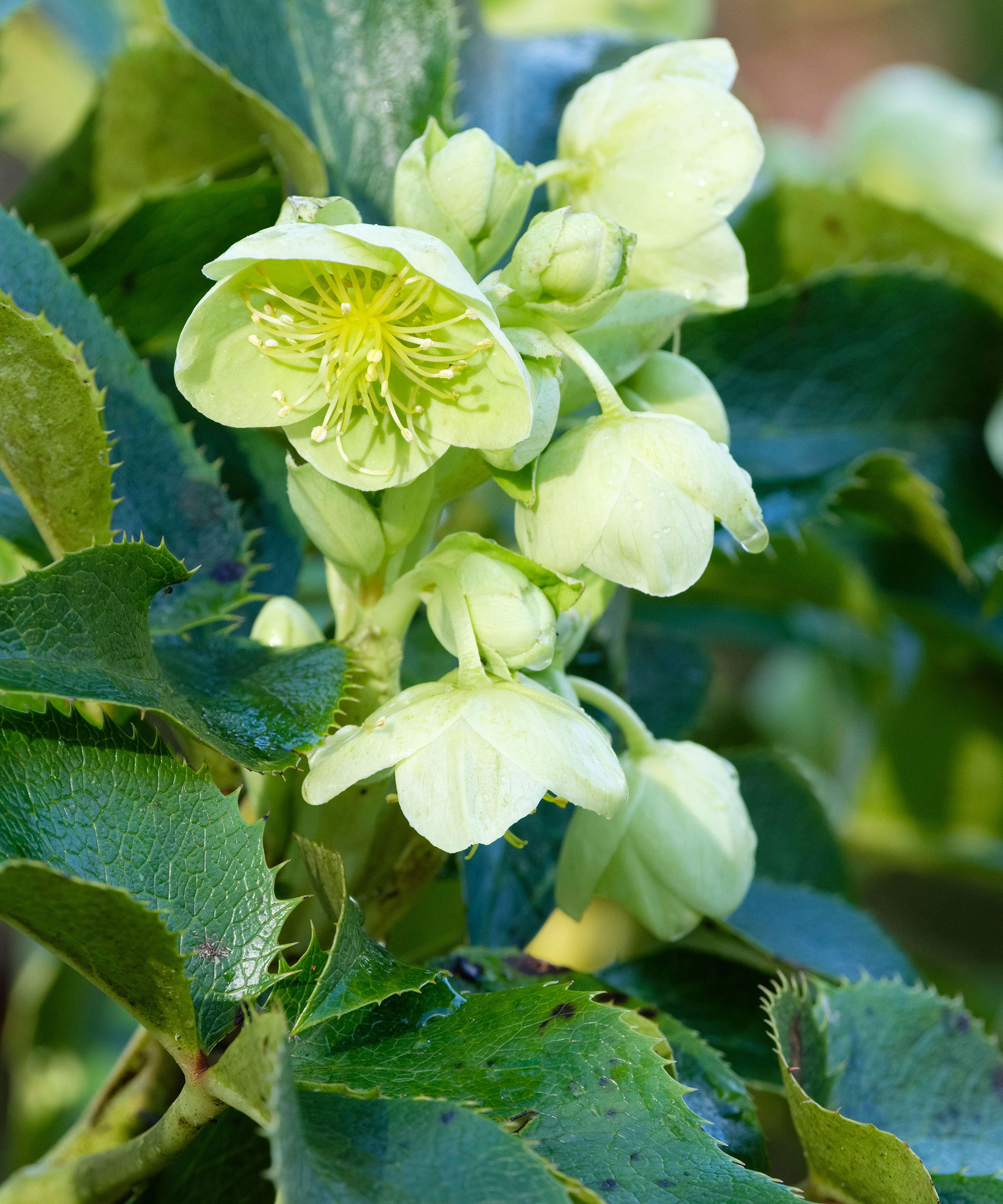
- Best for: Dramatic leaves
- Height: 3ft
- Spread: 2ft
- Hardiness: USDA 6-8
The Corsican hellebore has large, spiny-edged leaves with an architectural quality and woody stems with bunches of apple green, bowl-shaped flowers from mid winter to early spring.
The stems are taller than typical, so it’s best to plant it in a sheltered spot (near to a garden wall for example) and staking may be necessary.
Are any varieties of hellebore poisonous?
All types of hellebore can result in severe discomfort if ingested by humans, so do keep an eye on young children in particular if you are growing these plants in your garden. Contact with hellebore plants can also cause skin irritation, so it’s advisable to wear gloves when handling them.
Hellebores are considered to be a poisonous plant for dogs, cats and other animals too. For more information on caring for hellebores, see our guide on how and when to fertilize hellebores, to keep your plants thriving.

Louise Curley is an allotment-grower and gardener, and when she's not flexing her green fingers, she's writing about plants. She has written for multiple publications, including national newspapers and magazines. She has also written two books, with the first, The Cut Flower Patch, being awarded The Garden Media Guild’s ‘Best Practical Gardening Book of 2014’.